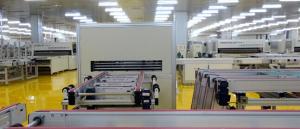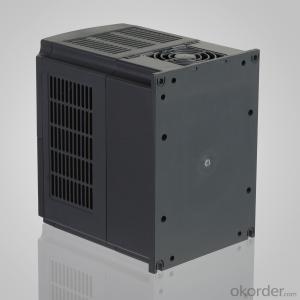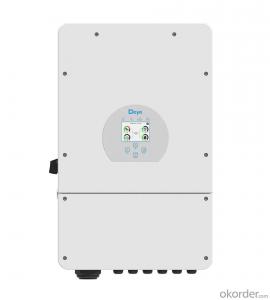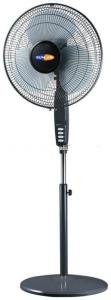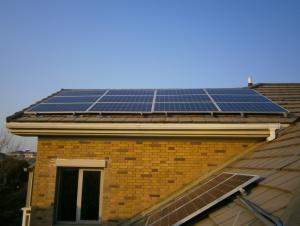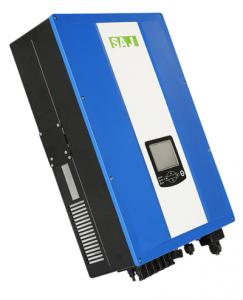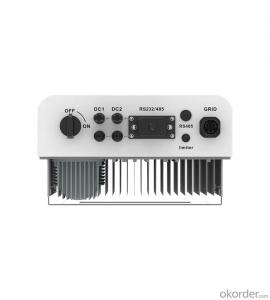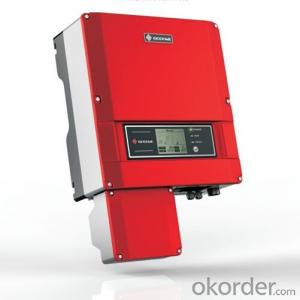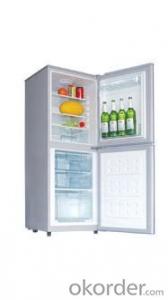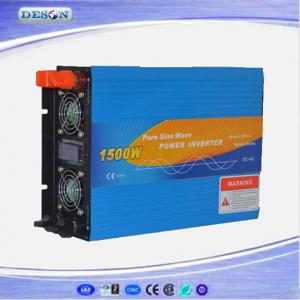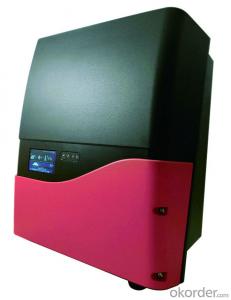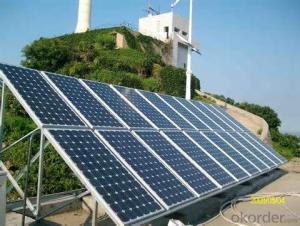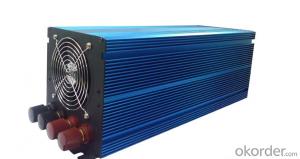16kw Solar Inverter
16kw Solar Inverter Related Searches
16 Kw Solar Inverter 1.6 Kw Solar Inverter 1600 Watt Solar Inverter Price 15kw Solar Inverter 15 Kw Solar Inverter 15kw Inverter Solar Best Solar Inverter 2016 15 Kva Solar Inverter 6kw Solar Inverter Solar 15kw Inverter 12 Kw Solar Inverter 12kw Solar Inverter 12kw Inverter Solar 12000 Watt Solar Inverter 6000w Solar Inverter 15kva Solar Inverter 6000 Watt Solar Inverter 15kw Solar Hybrid Inverter 96v Solar Inverter Solar Inverter 12kw 15 Kw Hybrid Solar Inverter 15kw Hybrid Solar Inverter 18kw Solar Inverter 60 Kw Solar Inverter Solar Power Inverter 6000w 12v Solar Inverter Solar Inverter 6000 Watt 600w Solar Inverter 600 Watt Solar Inverter 12 Volt Solar Inverter16kw Solar Inverter Supplier & Manufacturer from China
The 16kw Solar Inverter is a high-performance device designed to convert the energy generated by solar panels into usable electricity for various applications. This product is equipped with advanced technology and features that ensure efficient energy conversion and reliable performance, making it an essential component in solar power systems. The 16kw Solar Inverter is widely used in residential, commercial, and industrial settings where solar energy is harnessed to meet power requirements, reducing reliance on traditional energy sources and promoting sustainability.The 16kw Solar Inverter finds its application in a variety of scenarios, such as powering homes, businesses, and even large-scale solar farms. It is particularly useful in areas with abundant sunlight, where the potential for solar energy generation is high. By integrating this inverter into a solar power system, users can maximize the efficiency of their solar panels and reduce their carbon footprint. The 16kw Solar Inverter is also an excellent choice for off-grid applications, providing a reliable source of power in remote locations where grid electricity is unavailable or unreliable.
Okorder.com is a leading wholesale supplier of the 16kw Solar Inverter, offering a vast inventory of this product to cater to the needs of various customers. As a reputable platform, Okorder.com ensures that the 16kw Solar Inverter is of the highest quality, meeting industry standards and providing excellent value for money. With a commitment to customer satisfaction, Okorder.com provides competitive pricing, fast shipping, and reliable customer service, making it a preferred choice for those seeking to purchase the 16kw Solar Inverter for their solar power projects.
Hot Products




